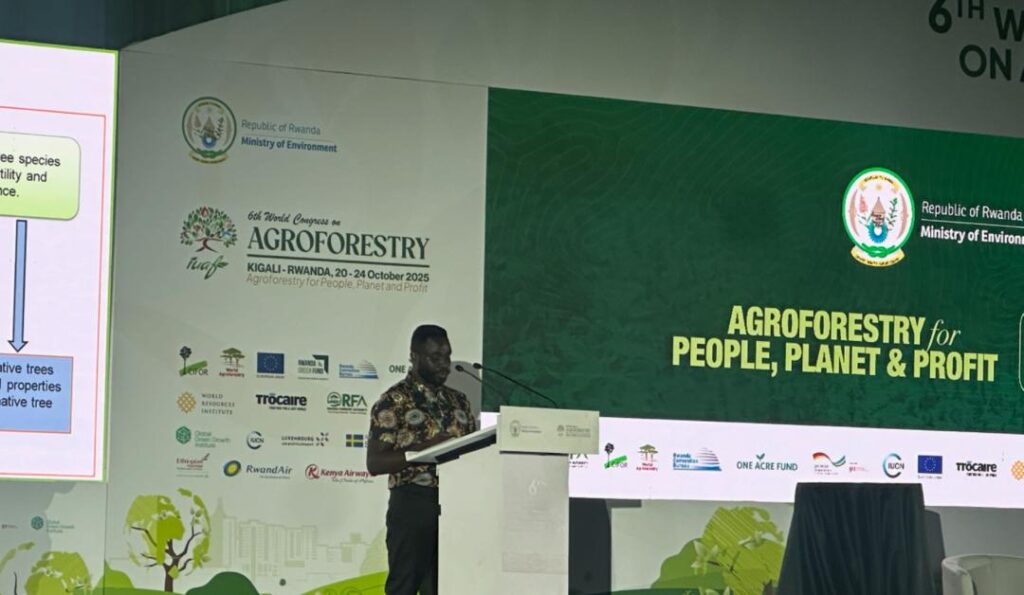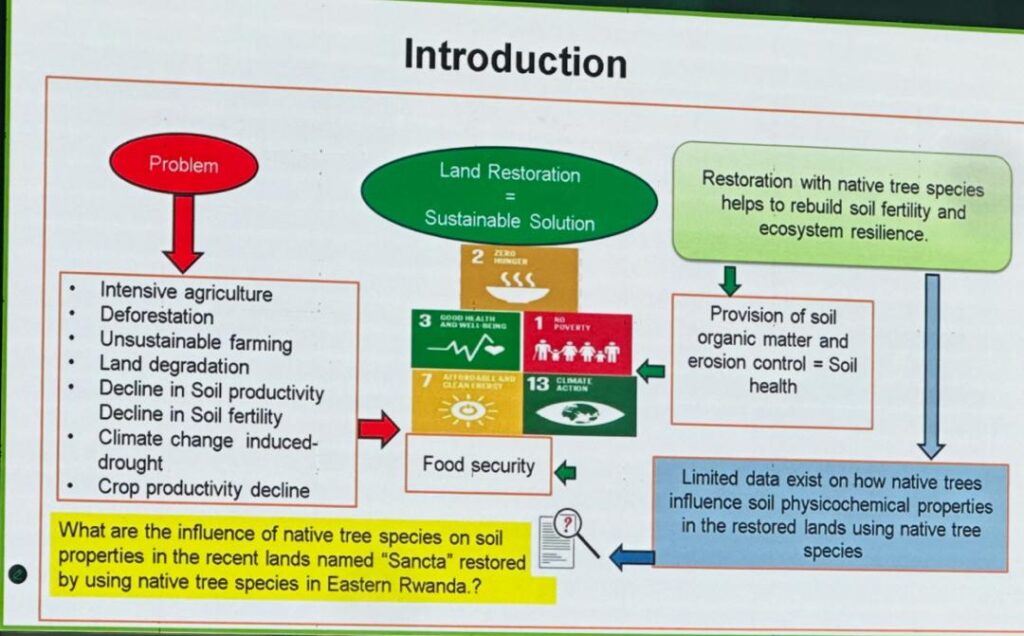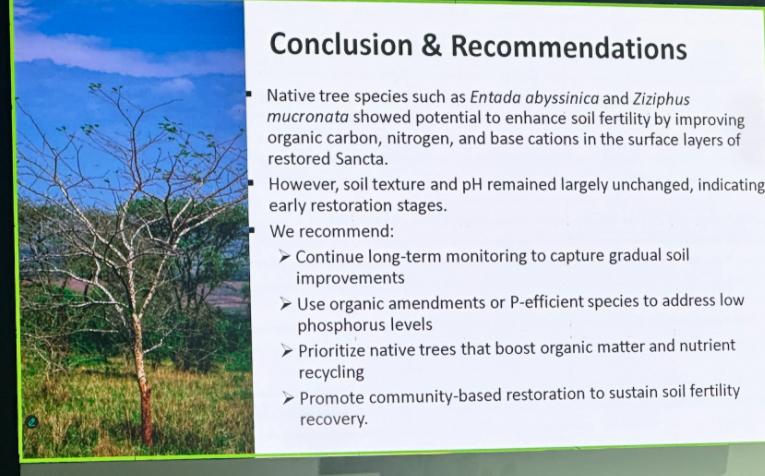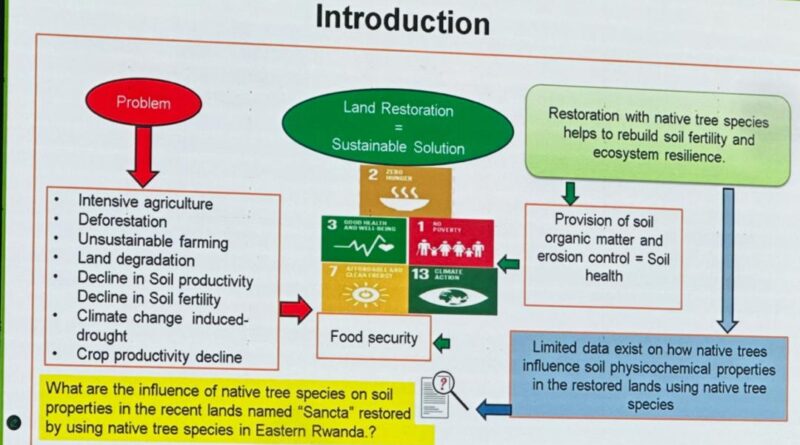Rwanda’s Forest Restoration Inspires the World
Kigali, Rwanda — From restoring degraded forests to empowering local cooperatives, Rwanda’s community-driven forestry programs are gaining global praise. Experts, policymakers, and researchers meeting in Kigali for the 6th World Congress on Agroforestry highlighted the country’s success in turning restoration goals into daily practice.

More than 38 countries attended the congress, where Rwanda shared its experience in combining biodiversity protection, sustainable agriculture, and climate action. Key panelists included Dr. Elias Yusuru, a leading biodiversity researcher; Dr. Laura Miranda from the Common Island Environment Project; Jean Bucaramondo from the Rwanda Green Fund; and representatives from the Swedish Embassy, CIFOR-ICRAF, and IUCN.
One of the most celebrated initiatives discussed was the creation of Abyssinian Sanctuaries, community-managed forest zones where endangered trees like Neospherus abyssinica are being revived. Once found in only 20 individual trees across the eastern region, the species now boasts over 5,000 young seedlings, thanks to joint efforts between researchers and local cooperatives.
“We don’t just plant trees — we take care of them like children,” said Annonciata Mukandori, a local farmer from Nyamagabe who manages a cooperative in one of the sanctuaries. “From the shade of these trees, we now produce honey, fruits, and even medicinal plants. Our income has increased, and so has our pride in protecting nature.”
Officials from the Ministry of Environment and the Rwanda Forestry Authority reaffirmed that such programs reflect Rwanda’s long-term vision under the National Biodiversity Strategy and Action Plan (2020–2030) and the Fifth Strategic Plan for Agricultural Transformation. Both emphasize ecosystem restoration, gender inclusion, and community-led conservation.

The Minister of Environment urged citizens to care for trees beyond the planting stage: “A tree must be followed from seedling to maturity. That’s how we protect our land and our children’s future.”
With support from partners such as SIDA, CIFOR-ICRAF, and the Green Conservation Society, Rwanda continues to turn environmental policies into tangible results — healthier soils, greener hills, and empowered citizens.
As one participant concluded, “Rwanda’s model proves that restoration is not a dream. It’s a daily act — growing roots for both people and the planet.”

By: Florence Uwamaliya
![]()




